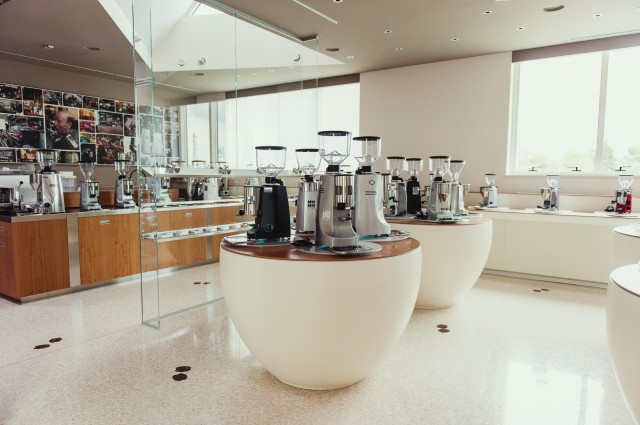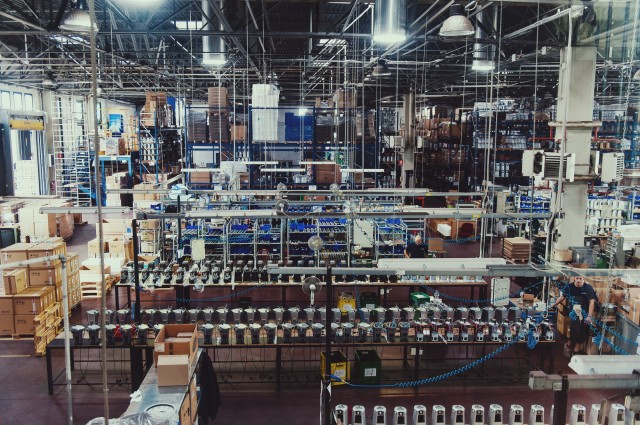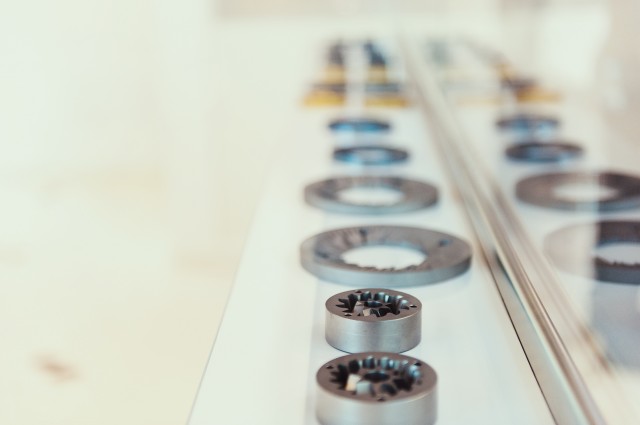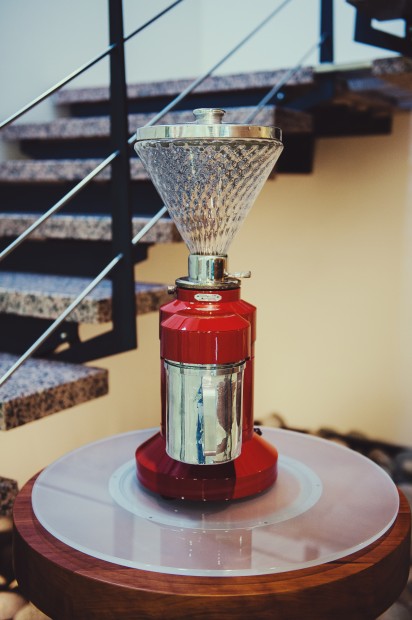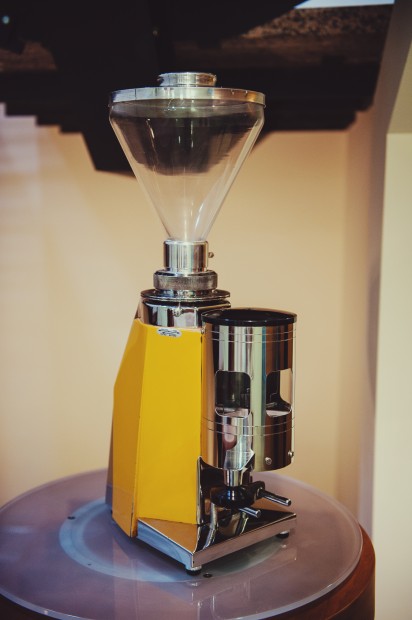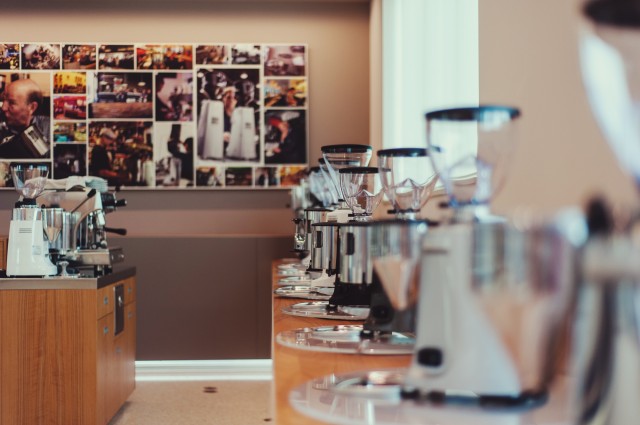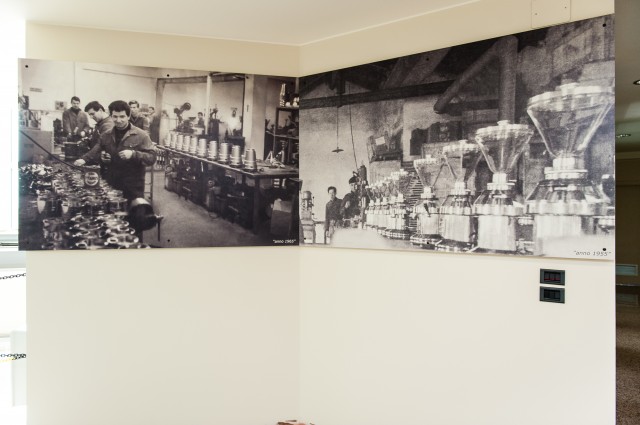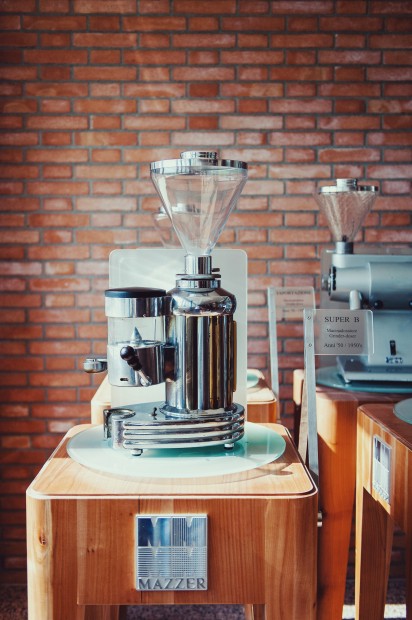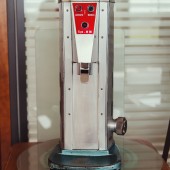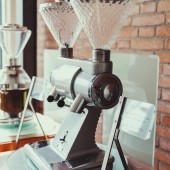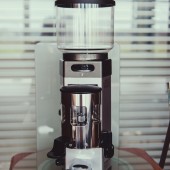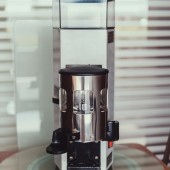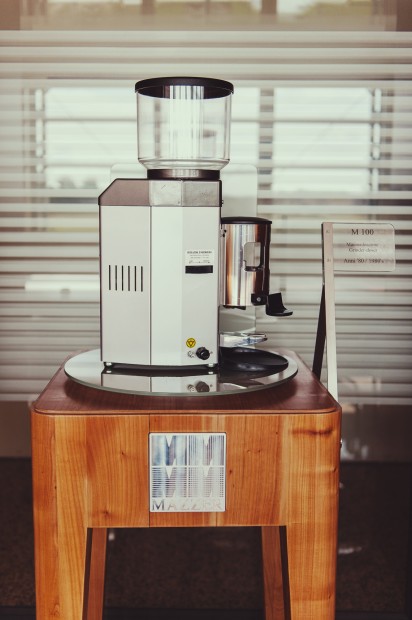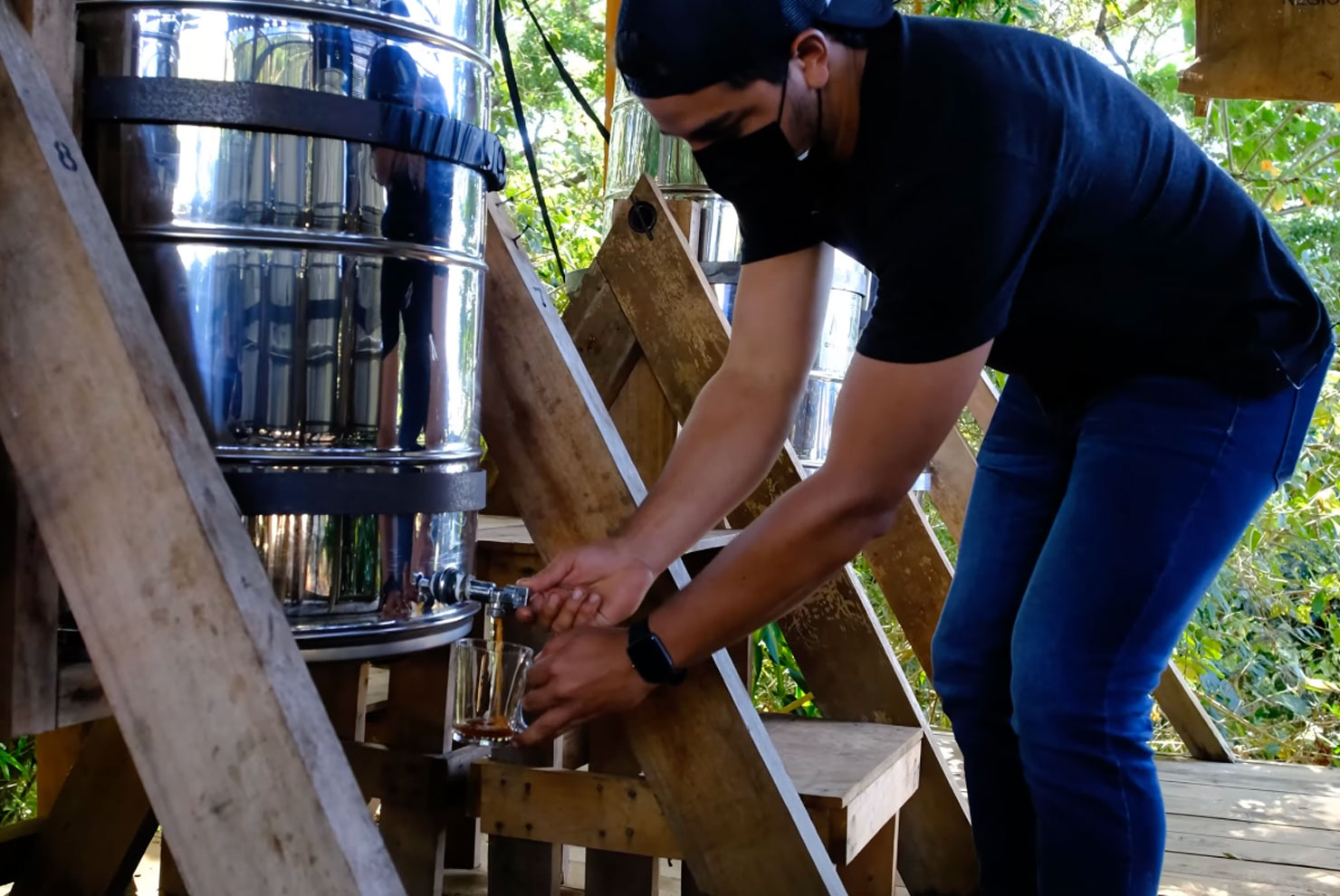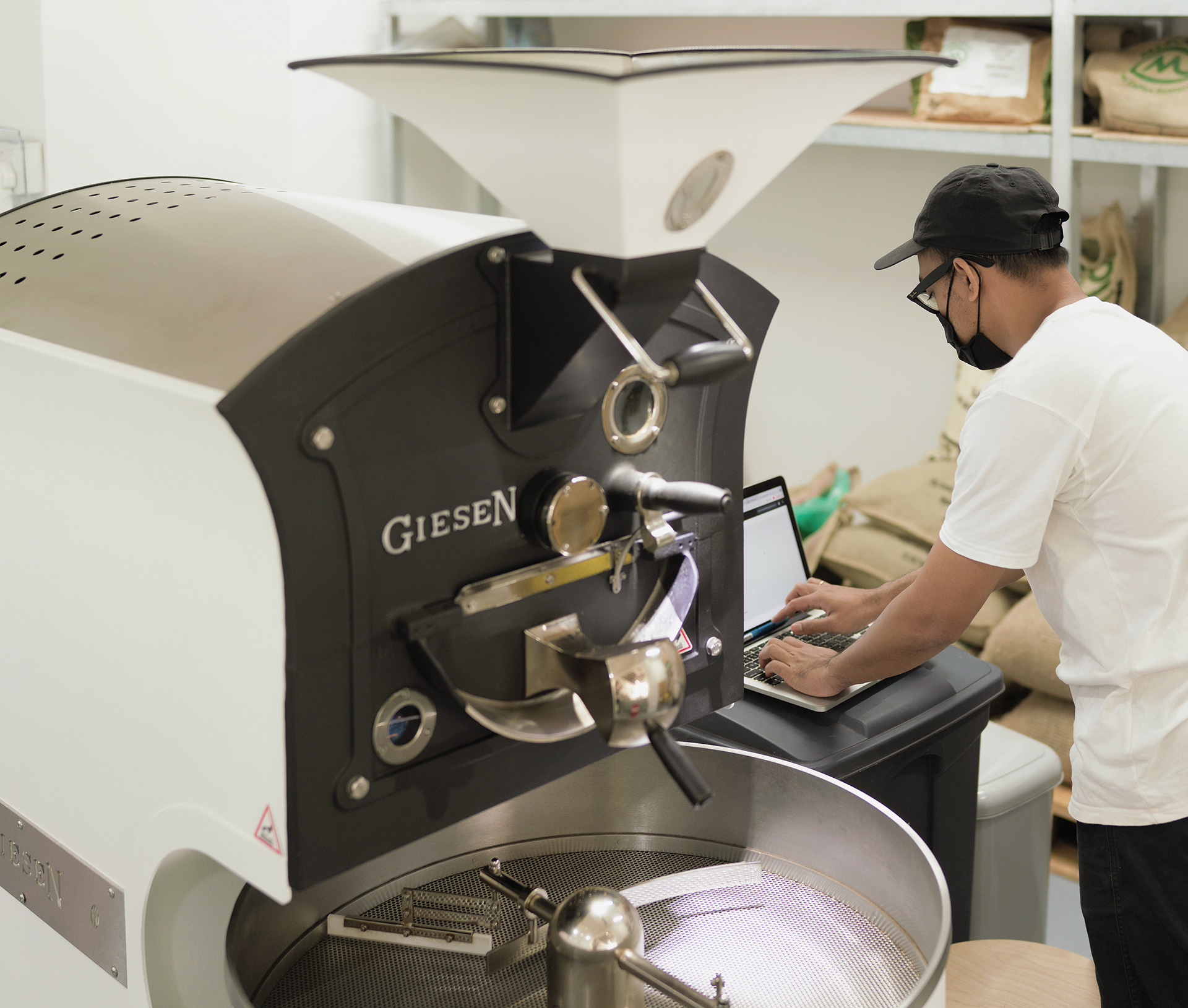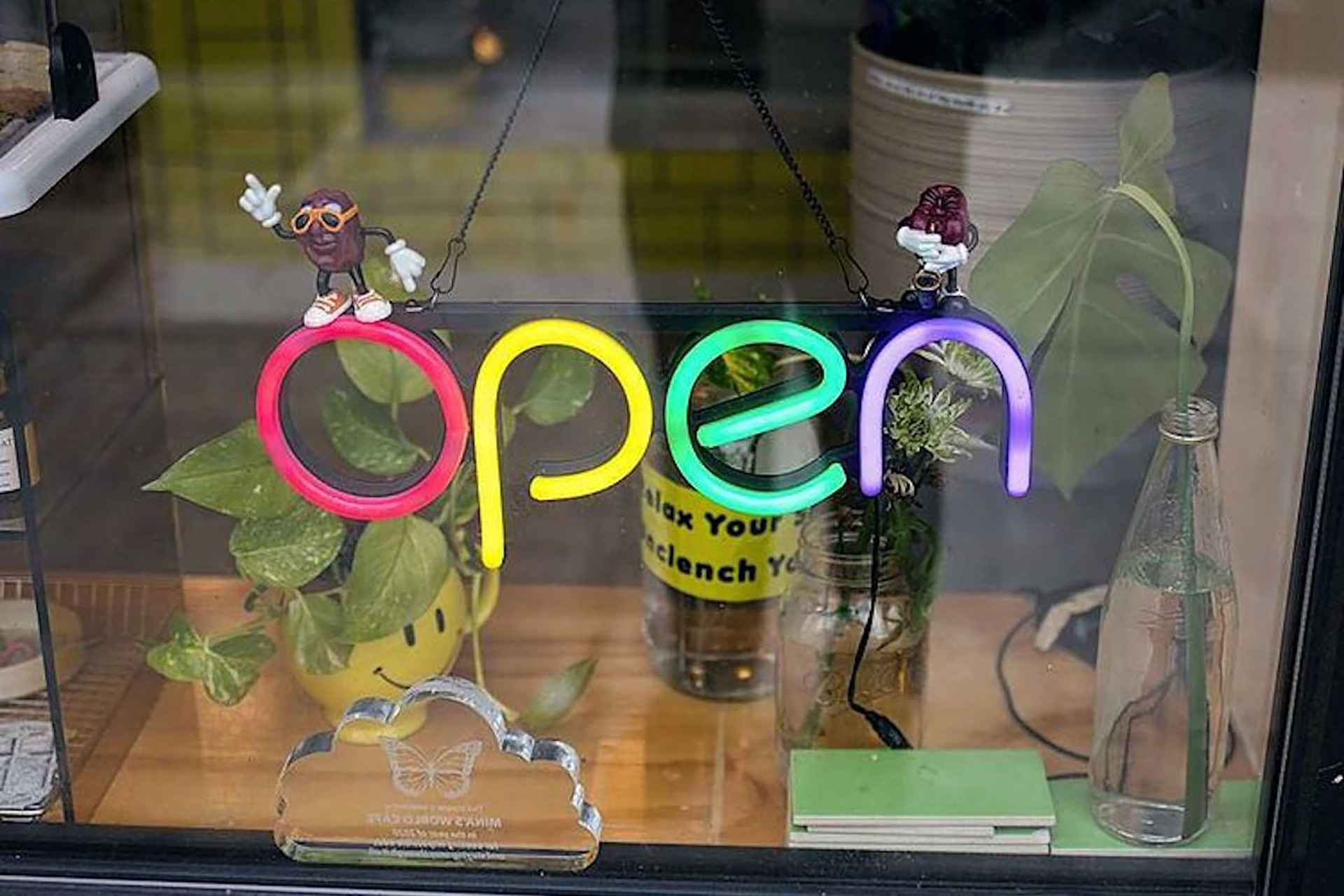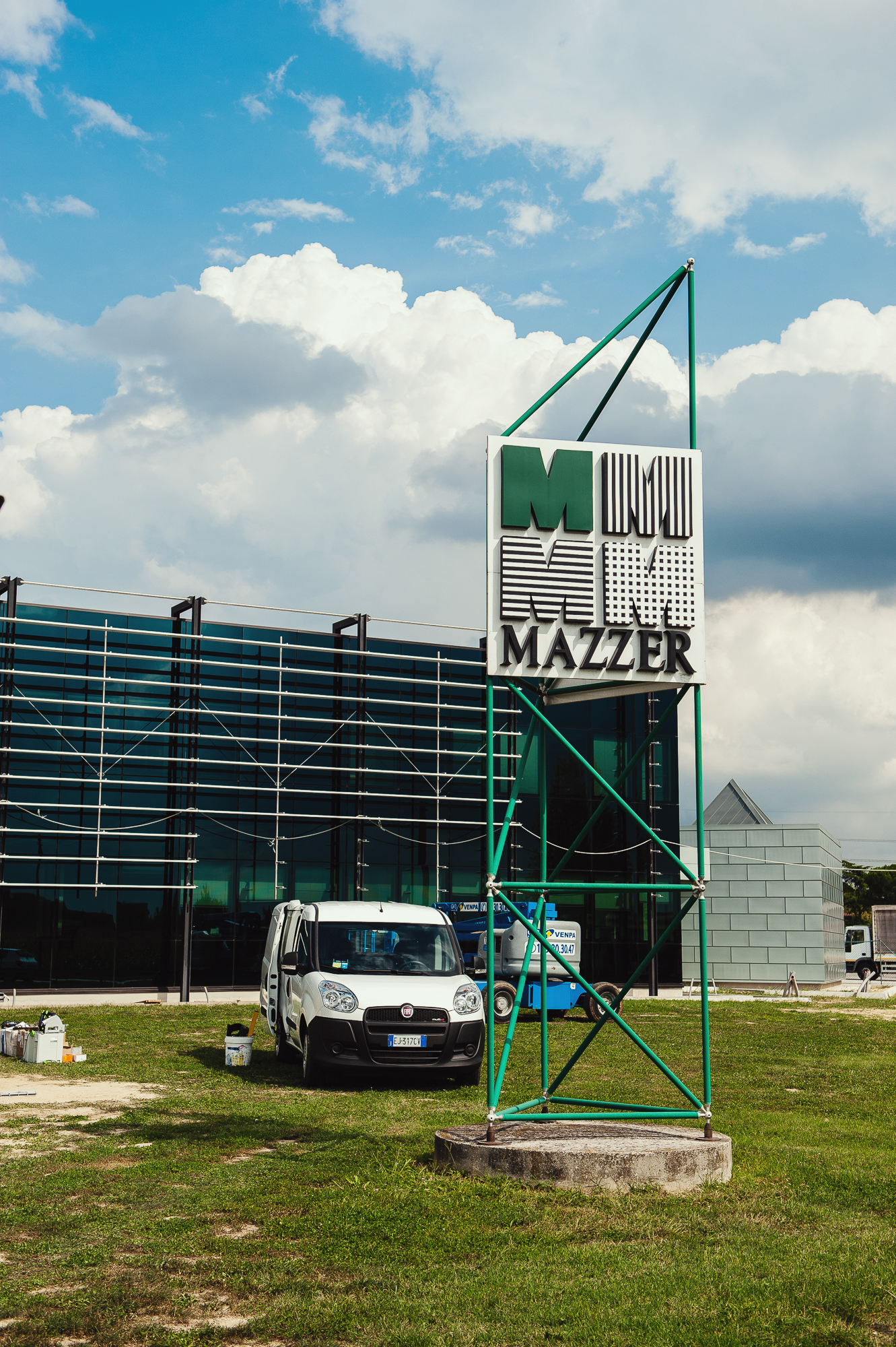
After speaking at the 2013 Nordic Barista Cup, Sprudge Assistant Editor Alex Bernson and photographer Kate Beard traveled to Italy with our partners at La Marzocco. Their virtual tour of the La Marzocco factory is here, and today we’re presenting a similar glimpse inside the Mazzer factory in Gardigiano, Italy. We recommend a visit, especially if you’re going to be in Italy for La Marzocco’s Out of The Box event October 17-19th.
After one and a half years, the construction of Mazzer’s new welcome center, training facility and corporate offices is just about complete, but the sense I get is that planning and change is a bit of a constant at Mazzer.
In the last five years, Mazzer has doubled their production of grinders – doubled! – to approximately 53,000 grinders annually. At the same time, the second-generation family owned company of 61 employees has been heavily investing in their manufacturing processes. This history and development is fully on display at their new HQ, which features this stunning showroom.
Luigi Mazzer founded the company in the early 1940s in Mestre, right outside of Venice. In 1992 his son, Giovanni Mazzer, took over the company, and in 1993 they moved from Mestre into their spacious 7000sqm factory in the town of Gardigiano, a little further out from Venice.
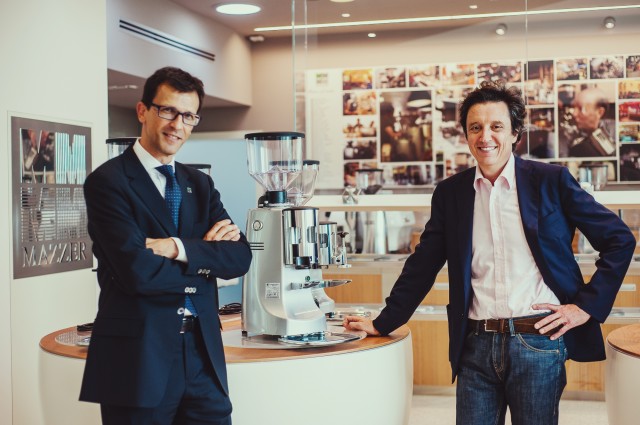
Mazzer has filled this factory with twenty-odd robotic manufacturing stations. It’s a highly state of the art situation, but unfortunately, the press are not currently allowed to take pictures of the ‘bots in action. You’re just going to have to take my word on it: each of these robots is at least as big as your average barista’s Brooklyn apartment, and watching them drill holes, cut burrs, carve threading and fashion all manner of components is pretty darn mesmerizing and impressive.
These robots, mainly of German and Italian manufacture, are a huge investment for Mazzer, but something they see as crucial to maintaining their quality. The overall tolerance they allow on the spacing of the burrs in a fully assembled grinder is 0.02mm, which means that many of the individual components have a 0mm tolerance. To achieve this, Mazzer manufactures almost every metal part of the grinders themselves, including most of the screws used. Machines are constantly being calibrated, and tolerances checked using microscopic imaging systems in carefully climate controlled rooms.
The one factory floor photo Mazzer did allow us to take is the aerial shot below, which shows you their final assembly line. In the back you can see massive shelves holding all the various components and ready to ship grinders, with the manufacturing floor being in a separate section of the factory through the doorway behind.
Another big investment for Mazzer has been their switch over to Lean Manufacturing, a modularized approach first pioneered by Toyota. This process is still ongoing—there are 5S charts posted throughout the factory, and while the front two production lines above still follow their old batched approach, you can see one of their new Lean production lines with all the blue component boxes behind.
Mazzer claims to be the only grinder manufacturer who produces all of their own burrs in-house, cutting each burr from steel pipe and then carving, sharpening and sandblasting them in a series of massive machining stations. Initially they outsourced their conical burr production, but in 2007 they took that in house to improve consistency. Conical burrs now make up more than a third of their total production, and they continue to focus on them, including adding in a second round of sandblasting two years ago to decrease the amount of “seasoning” required for new burr sets.
Like many quality-focused manufacturers, especially in Italy, history is very important for Mazzer. There are a number of classic machines tucked around the factory, including these gorgeous 1970s models below.
Seeing these older models next to the myriad current configurations on display in their showroom, you realize how little the fundamental form and function of espresso grinders has really changed.
Of course, the massive room of robots they use today is a far cry from their start as a workshop manufacturing metal parts for heavy industry in the 1930s.
By the 1940s Mazzer had switched wholly to grinder production, and by the 1950s they were turning out highly refined, attractive models like the one below.
They’ve played around with a number of other design over the years, including the bulk grinders and double-sided grinder below, but overall, they’ve stayed true to the classic espresso grinder.
Mazzer is still a small company–they do almost no marketing themselves and rely heavily on their relationships with distributors. In recent years, Mazzer has also been working very closely with La Marzocco on design and manufacturing, including manufacturing much of the Volcano and upcoming Volcano Swift grinders for LM.
The Volcano Swift is an exciting project marrying La Marzocco Swift auto dosing and tamping technology to a Mazzer Kony conical grinding platform—we’ve written about it before, and you’ll be hearing more about it when it officially launches at Out of The Box in Milan.
Mazzer has a few other projects that you’ll probably be hearing more about in the coming month as well. However, when I asked Mazzer Head of Global Sales Luca Maccatrozzo specifically about future plans, he was demure, saying that overall they are pretty happy with their current technology. And I guess that’s a fine place to be for a still-small manufacturing company with products in fine cafes around the world: happy where they’re at, with a few tricks up their sleeves.
Alex Bernson (@AlexBernson) is an assistant editor for Sprudge.com. Photography by Kate Beard for Sprudge.









